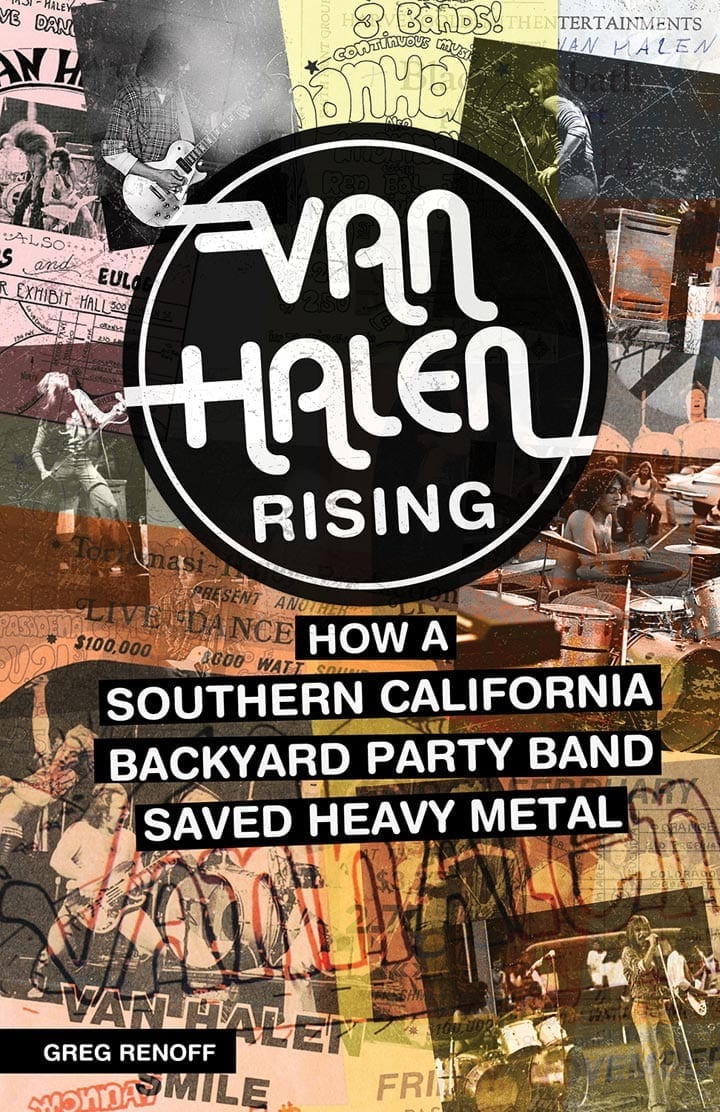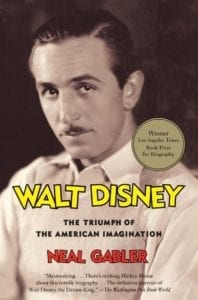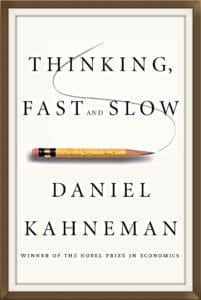Van Halen Rising
My Thoughts
“No commercial potential.”
That’s what Bill Aucoin, manager of KISS, said in 1976 about Van Halen who in the next 40 years went on to sell 80 million records.
Van Halen exploded onto the music scene in 1978 and this book covers the decade before their first self-titled album, Van Halen. It’s a fascinating look at the individual members of the band, the forming of the group, and the long road to success. I’ve been a Van Halen fan since 1993 and never knew much about how they became Van Halen except for small pieces of the story. This book by Greg Renoff tied all of those pieces together.
Like many other guitar players, I can credit my desire to learn how to play the guitar to Eddie Van Halen. I heard his solos when I was 13 and was floored. I had started playing the violin at a young age and had also learned the piano and trumpet by the time I was 13, so I had a good musical background that helped me pick up the guitar rather quickly.
I enjoyed the parts of the book about Eddie. He started playing the violin and piano before he picked up the guitar. In fact, his mom would make him practice the piano for 30 minutes before he could play his guitar on any given day. Keyboards eventually made it into a number of Van Halen albums, so Eddie always kept up with that skill.
What’s funny is that Eddie and his brother Alex started out playing the opposite instruments. Eddie had a drum set and Alex had a guitar. They eventually switched, and thankfully so. Greg Renoff describes Edward as always having his guitar. He would practice constantly. One would rarely see him without his guitar.
The next part that really stuck out to me about this book was the amount of time and number of gigs that the members of Van Halen played before becoming an “overnight success” in 1978. The band definitely got in its 10,000 hours of deliberate practice before touring the world. Eddie easily had twice that or more on the guitar. I’ve also read in other accounts outside of this book that Alex Van Halen would leave for a party and Eddie would be practicing while enjoying some beer. Alex would return from said party many hours later and Eddie would be in the same place still practicing. Ted Templeman, who later produced many of Van Halen’s albums, said that Eddie was the best musician he had ever seen.
Van Halen got its start playing backyard parties that often turned rowdy and even some that led to police involvement. David Lee Roth, Van Halen’s lead singer, said later on that while playing to sold-out crowds on huge stages, he was always trying to recapture that backyard party feel. They were a party band. David Lee Roth would test the “danceability” of each song. He wanted people to have a good time.
Van Halen revolutionized heavy metal. It’s strange, I don’t think of Van Halen as heavy metal, mainly because I consider screaming vocals with heavy guitars to be heavy metal. You will oftentimes hear 3-part harmonies in Van Halen songs and the only screaming is a joyful yelp between melodic singing. Either way, Van Halen is credited with taking traditionally long heavy metal music and packaging it into 3-4 minute songs complete with mind-bending guitar solos from Eddie. David Lee Roth called Van Halen’s style of music “Big Rock.” I like that description better than Heavy Metal.
One thing that surprised me about this book was how many people thought that David Lee Roth had a bad voice, including Ted Templeman. Templeman almost suggested replacing Roth with Sammy Hagar (who ended up replacing Roth in the mid-80’s) before the 1978 debut album. I never thought of David having a bad voice. In fact, it’s only been more recent live shows with David singing that I’ve thought he’s lost his edge. He was always just David Lee Roth to me and had the distinctive voice that made Van Halen.
I read this book after reading Noel Monk’s “Runnin’ With the Devil.” I probably should have reversed the order of these, but each one covered a different period with a little bit of overlap. Each one also described some really disappointing and disturbing behavior by the band with alcohol, drugs, and the destruction of property. Sex, drugs, and rock-and-roll, right? It just makes you wonder how much better they would have been without personally destroying themselves. Would the original band have stayed together? Would more songs have been written without all of the chaos? Who knows.
If you are a Van Halen fan, you’ll love this book. There is a whole chapter that goes through each song of the debut album, how it was recorded, and how long it all took. That was fascinating. There is a section about Gene Simmons discovering and attempting to help launch Van Halen, albeit with likely ulterior motives. And there are a number of eyewitness accounts of the rise of Van Halen – the rabid fans, the naysayers, and the other musicians left in awe of Eddie’s prowess and Van Halen’s live show. Perhaps my favorite part of the book was reading over and over that Van Halen played their hearts how whether the crowd consisted of 20 people or 20,000.
My favorite quote of the book came at the end of the chapter about the recording of the debut album, which was recorded in a jaw-dropping 15 days:
“Of course, Van Halen sounded like that because it was a snapshot in time, not an elaborate production that pasted together disjointed performances logged over months of work. As Roth explained, “The album was done on the first or second take exclusively. You can get lost in the studio if you’re not careful. With overdubbing (recording other parts), you can get everything musically perfect. But that human vibe, that intangible thing…that’s the thing for Van Halen.”



